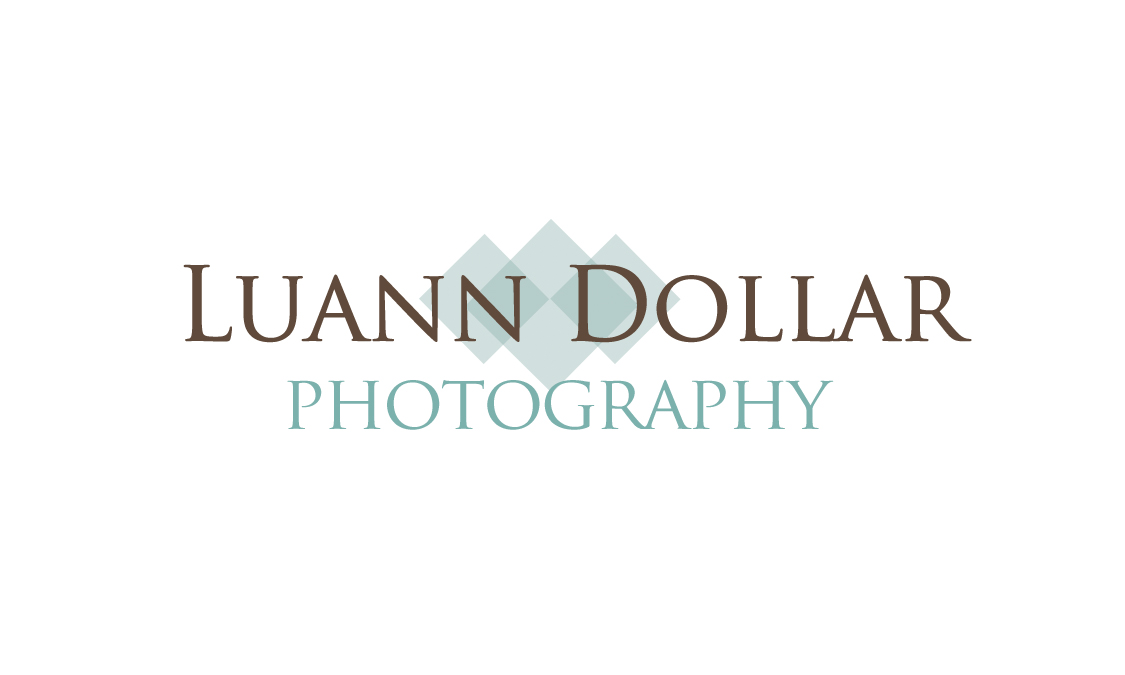Off Camera Flash or OCF as most photographers refer to it, has been a game changer to me. It allows me to create images that I just simply could not create with natural light. While there are also images I have created with OCF that mimic natural light (sometimes you don't even know it is lit with a flash), by FAR my most favorite shots are dramatic, and obviously lit with flash. Most of the time more than one flash.
My go to system for this set up is an Alien Bee 800, aVagabond Mini battery, Nikon SB800 speed lights, color gels, and of course wireless triggers that allow my camera to "talk" to the flashes. It sounds like a lot of gear,but in reality it is a very minimal set up, and is definitely not the most expensive gear out there.
One of the most important things to remember if you are starting out into the world of OCF, is to PRACTICE! a LOT! my poor family is very much OVER me taking their pictures because of this.
When working with OCF, it is important to remember you will have a maximum shutter speed that you work with (Unless you have the ability to use high speed sync (HSS), which is an entirely other subject altogether).
I shoot Nikon, and my camera has a max shutter speed of 1/250 of a second when I am using OCF. if you choose a shutter speed faster than this, you will get a black bar across the bottom of your image (Or the side if you are shooting a vertical image.) Don't panic! Your camera is not broken! It is simply the shutter opening and closing out of sync with the speed at which the flash goes off. When our cameras "talk" to the flash, we think of it as all instant and happening at the same time. But it actually isn't. there are micro-seconds where info is being relayed, and when the shutter curtain moves up out of the way and closes again. There are tones of blogs and tutorials that cover how this works, and they do a better job of explaining it that I do. But just know your camera, what your max sync speed is, and stay below that.
Another keep point to remember is, you MUST have a good understanding of the exposure triangle, and how to use manual mode. How the shutter speed, aperture, and ISO work is critical to this type of photography. No auto, aperture priority or shutter priority! Now, there are times I take a shot in shutter priority mode, WITHOUT flash, just to get my ambient exposure, just so I know what speeds to start with.
I also pre-plan most of my shots. As a matter of fact, I typically spend more time pre-planning and pre-lighting a shot than I do actually taking the picture. When you think through your shot before you take it, it allows you to work out any of the kinks before hand. There have been shots i have planned for DAYS, and then when its was time for the actual shoot, it only took 30 minutes to set up, shoot, and leave. Most of my shots use 1 light, but my most favorite one have used several lights, often with gels lighting the background for an extra emphasis. In order to do this, i have to think about placement, flash power, how to keep the flash color from spilling onto areas where I don't want it. If is a lot of fun, and is what photography really is, painting with light.
One of my biggest reasons for using OCF in most of my shots, is the amount of editing time it removes. The vast majority of these types of shots can be shared straight out of camera (SOOC). The only edits are basic brightness, contrast, and saturation adjustments due to the RAW format I shoot in. Other than that, if hair and makeup has been done professionally, I typically never have to retouch these images.
Below are some examples of the style of images I love to create. All of these are shot with OCF.






















